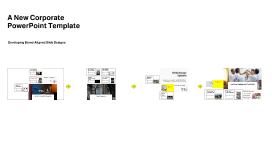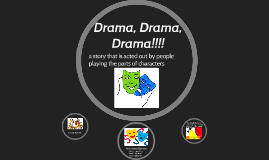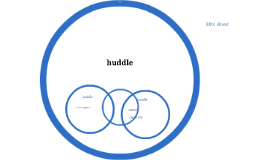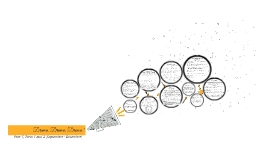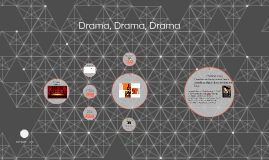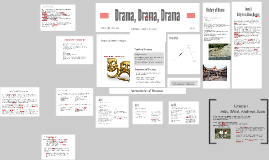Drama, Drama, Drama!
Transcript: 4. Vocal: Little Green Frog. Ashputtel PLACE - (specifically where the scene takes place, and the character's "location" in the world) SENSORY ELEMENTS - (heat, cold, any tactile sense, sight, hearing, physicalities, and handicaps) RELATIONSHIPS - (with other characters and with all of the "givens" in the scene) TIME PERIOD - (the past, present or the future) TIME OF DAY - (the morning, afternoon, evening...or anything inbetween) Task 3: Have them use these freeze frames to create a piece of theatre that relies on narration to tell the story. Task 4: Ask the narrator to retell the story, using characterisation, elements of physical theatre, some mime and levels to show this piece. Walking around the space: spaced out as possible, as close as possible. Warm-Up. Task 1: Place yourself back into groups from last lesson and familiarise yourself with your work on "Reign". Who am I? What is my purpose on the stage? Where am I? What is my relationship with other characters? What is my motivation? What do I want? Working in a group. Demonstrate your understanding by performing the scripts with different circumstances: EX: A's father has died; C lied to A about her exam marks, B has recently been terminally ill. Year 7, Term 1 and 2 (September - December) 1. Walk around the space in neutral. Play Tableau/freeze frames. Working in groups to complete small tasks given by the teacher. Lesson 5: Performing & Evaluation. Lesson 3: 3. Physical: Walk, stop, jump, clap exercise. Explaining FOCUS: using different spaces on stage to create focal points Present these to the class & reflect. The theme of your work should surround the idea of REIGN. The performance is no more than 1 minute. Task 3: While improvising with your group, start by incorporating the use of focus, levels and physical theatre. Min. dialogue for the final product is expected. 1. With these scripts, individually create an understanding of your character by asking: O: working collectively and effectively as a group. Use 5 minutes to warm up: Walking with pace from 1-10, close to further apart; creating triangles. Task 2: Use tableau work to create 3-5 freeze frames. O: to use physically theatre and characterisation to build a scene in the story of Ashputtel. Warming up: "Zoom" and moving into "Creating the Object". Task 1: Place students in groups and allocate them a Director for a short piece of theatre. Criteria: Free-flowing; physical theatre, levels/use of staging to create focus; dialogue for effect. O: changing motives of a script to create different scenes. O: understanding a character and the purpose of their actions. To finish, sitting down: what was difficult about Space Jump, what did we learn throughout the last few lessons. Main Task Today's lesson stays with the theme of "Reign". Task 4: Create the magic of the scene in which Ashputtel asks the Mother Spirit for fine attire for the ball. Drama, Drama, Drama! CS – Centre stage; US – Upper Stage; DS – Down Stage; SR/SL – Left and Right 3. Present some of these pieces and discuss/critique them as a class: strengths and weaknesses. Grimm's Fairy Tales. Working with Scripts 1. The ball game. - Establish a pattern of throwing a ball between everyone in the class. Task 1: physicalicity/exaggerative movement exercises. Task 2: Rehearse your piece, making sure it incorporates limited dialogue, levels/focal points, soundscape (if necessary) and physical theatre. Discuss with teacher, if you need music. Task 3: Present and listen to feedback given. Task 4: Use this feedback to strengthen your piece of work. O: building on collaboration and play-building exercises, through improvisation. 1. Warming Up - neutral space walking, 1-10 speeds and use of commands. 2. You are given a script that you need to develop characters from. In groups of 3, create the script with your gut instinct/thought and feeling of these characters. 4. Change the motive of the script in some way (A likes C, rather than what seems the opposite. 4. Present your changes Task 2: Please group up in your groups from last lesson OR groups put in from your work. Improvising, to build. What is the importance of vocal and physical warm-ups? 3. Game: Caught Up! Splitting into two groups. Create shoulder to shoulder circles next to each and put your hands out in front. With each hand, grab another from across the circle. Communicate and untangle to create an undamaged circle. Task 5: Present the work to the class. O: learning to warm-up, knowing each other & understand the importance of working together. Given Circumstances & Motivation Marking criteria: are they using focal points, clearly seen by the audience? Are they using space on stage to create these? Are they using their bodies to create effect on stage? Warming up: Essence Machine. Ask students to build a machine/idea that the teacher gives you (ex: a self-service checkout) O: recognising the challenges within Little Red and working together to put together theatre for effect. 2. Name






